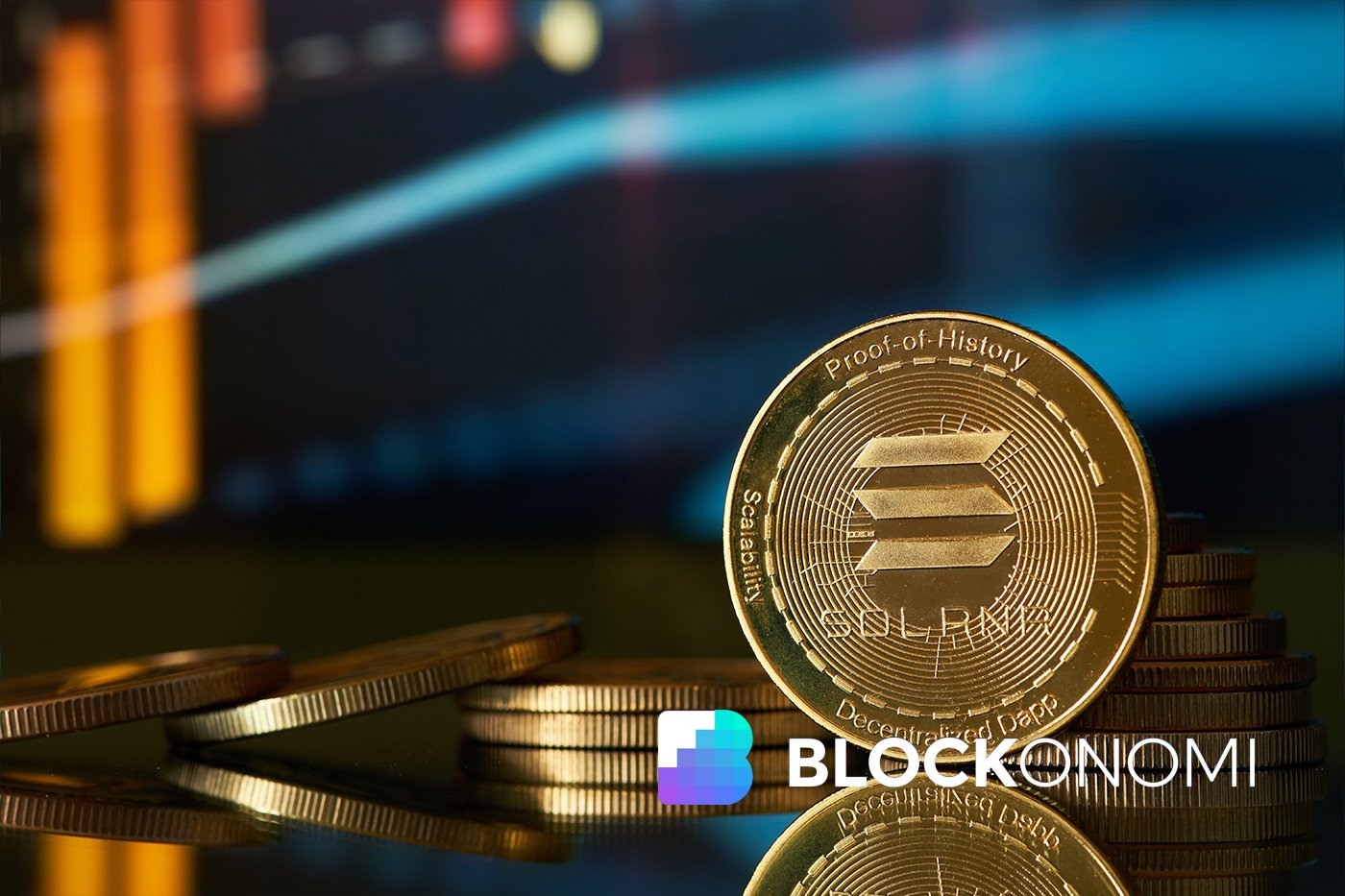
The cryptocurrency investment market continues to evolve at a rapid pace, with Solana ETFs (Exchange-Traded Funds) emerging as a popular option for investors. With a strong presence in the blockchain space, Solana has gained traction among enthusiasts and institutional players alike. However, recent trends have shown a shift in dynamics, providing valuable insights into the present and future of Solana ETFs.
Performance and Trends of Solana ETFs
On November 27, Solana ETFs encountered their first major outflow, reversing a 21-day streak of consistent inflows since their launch in October. A total of $8.1 million was withdrawn, primarily due to redemptions from the 21Shares Solana ETF (TSOL), which alone saw $34.37 million leave in a single trading session. With an asset net value now standing at $86 million, TSOL has experienced significant shifts since its inception.
Despite this bearish event, other Solana ETFs, such as Bitwise Solana Staking ETF and Grayscale Solana Trust, managed to post gains. Cumulatively, Solana ETFs are holding approximately 6.83 million SOL tokens, valued near $964 million. Over the last week in November, these funds collectively attracted $103 million despite the outflows, showcasing mixed investor sentiment yet an underlying confidence in Solana’s potential.
Comparing Solana ETFs to Other Crypto Investments
While Solana ETFs experienced turbulence, XRP ETFs managed to maintain their momentum, recording $21 million in capital inflows on the same day. Products from notable providers like Bitwise and Grayscale gained traction, with cumulative investments now surpassing $643 million. Similarly, the recently launched Dogecoin ETF debuted with $11 million in holdings, albeit at a smaller scale compared to Solana and XRP.
Interestingly, Bitcoin ETFs remain a market giant, amassing daily trading volumes above $4.5 billion and a cumulative inflow of over $57.63 billion. This comparison reflects an ongoing trend where regulatory clarity and perceived risk levels influence the allocation of funds in cryptocurrency ETFs.
Solana’s Network Activity and Market Sentiment
Despite the advancements in ETFs, Solana’s network activity has shown signs of slowing. Recent data reveals a 6% drop in active addresses and a notable 16% decline in network fees over the previous week. Additionally, the total value locked (TVL) on the Solana network has dropped by 32% since September, highlighting concerns about sustained user engagement and platform utilization.
Key Solana protocols such as Jito and Raydium have also posted double-digit percentage declines in TVL, further emphasizing a challenging environment. Moreover, market sentiment around the SOL token remains cautious, trading at approximately $141 — 30% lower than the previous month and significantly below its all-time high of $293.
Regulatory Clarity: A Crucial Factor
One of the primary drivers behind shifting investor preferences is regulatory clarity. Experts, like Rachel Lin, CEO of SynFutures, attribute XRP ETFs’ continued success to their perceived regulatory compliance compared to higher-risk altcoins like Solana. This contrast underscores the importance of navigating legal and compliance challenges in the dynamic cryptocurrency space.
Recommendation: Explore Solana-Inspired Investment Opportunities
If you’re looking to diversify your portfolio or invest in blockchain technology, tools like Grayscale’s Solana Trust offer intriguing options. Additionally, platforms such as Fidelity’s FSOL fund cater to investors with a focus on long-term staking returns in the Solana ecosystem.
Conclusion
Solana ETFs present a fascinating case study on investor behavior, market trends, and regulatory impacts within the cryptocurrency investment landscape. While challenges persist, the enduring interest in Solana-backed financial products demonstrates its relevance in shaping the future of blockchain finance. Staying informed and exploring diverse ETF opportunities might just be the key to unlocking your investment potential.



